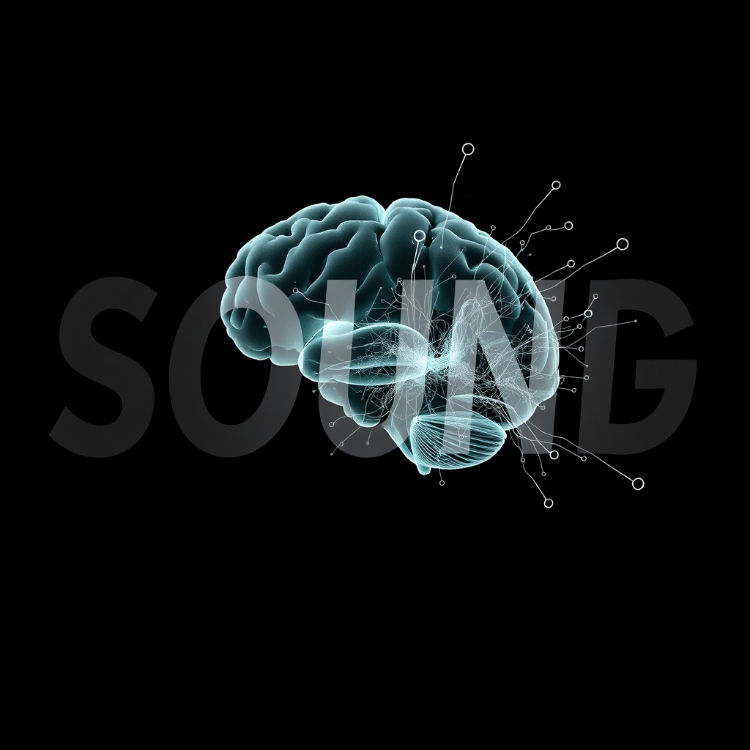Does recording gear even matter in 2026?
- zwiener0

- 4 minutes ago
- 2 min read
Anyone who lacks the gear will often say you don’t need the gear—but that misses the point: great engineers are essential, and the right tools and space amplify their work, streamline the process, and shape how artists feel and perform in the room. Research on studio creativity shows that environment, constraints, and technology interact to influence focus, collaboration, and the takes you capture, so the “feel” of the space is not cosmetic—it’s part of the record.
Gear vs. engineer: a false choice
Seasoned engineers never deny the value of musicianship, arrangement, and decision‑making; rather, they leverage gear and acoustics to remove friction and reduce “decision clutter,” speeding up consistent results without killing spontaneity. Studies of recording environments indicate that different spaces and setups afford different kinds of agency and performance, which means choosing a well‑tuned room with appropriate tools is a creative decision—not merely a technical one.
Why environment changes performance
Creativity studies in studios highlight that boundaries and context focus attention, raise energy, and help artists reach “spiritual height,” which is exactly what a purpose‑built room and tactile workflow provide. Collaboration research further shows that creativity is a dynamic system—artist, engineer, tools, and space co‑create outcomes—so the room’s vibe and ergonomics directly shape the vocal takes, timing, and tone choices you’ll make.
The psychology of an artistic space
Working in a space that feels like a meeting room pulls the brain toward analytical, business‑mode thinking; working in a space designed for music invites embodied listening, risk‑taking, and musical micro‑decisions that are hard to script. Scholarship on

studio myth and practice notes that shared beliefs about “the room” persist because spaces scaffold behavior; in practice, the right room nudges better headphone balances, fewer pitchy pushes, and more confident performances.
Workflow: how gear simplifies the path to “keeper” takes
Hardware and purpose‑built controllers can decrease cognitive overhead by limiting option paralysis, letting sessions move from setup to takes faster and with more intention. Even hybrid rigs—select analog front‑end with modern DAW recall—strike a balance between speed and vibe, keeping teams out of menus and inside the song’s feel.
Home studio freedom vs. professional focus
DIY spaces empower experimentation and time‑flexibility, but research shows artists weigh tradeoffs differently across spaces, with large‑format rooms excelling when cohesion, ensemble timing, and translation are non‑negotiable. Many creators love home setups for compositional exploration, then choose pro rooms for drums, vocals, and final production passes where acoustics, monitoring accuracy, and isolation shape decisions that stick.
What this means for your session in Morgantown, WV
Local artists surrounded by a vibrant venue circuit benefit from a studio that complements live energy with controlled acoustics and tactile workflow, converting gig‑ready arrangements into release‑ready recordings efficiently. When the room inspires and the signal chain is curated, singers deliver more emotive comps, rhythm sections lock faster, and revision cycles shrink—outcomes that reflect how environment and tools co‑produce creativity.
Practical takeaways for artists
Choose rooms that feel creative to you; your body will sing differently when the space signals “art” rather than “meeting.”
Ask about the hybrid workflow: a streamlined front‑end plus DAW recall reduces edits and keeps focus on performance, not troubleshooting.
Treat pre‑production at home as exploration, then capture final vocals, drums, and critical overdubs in a tuned room where what you hear translates.
.png)



Comments